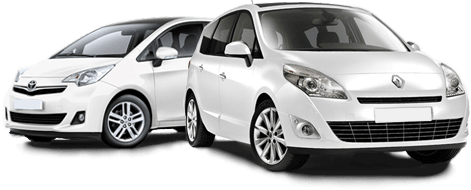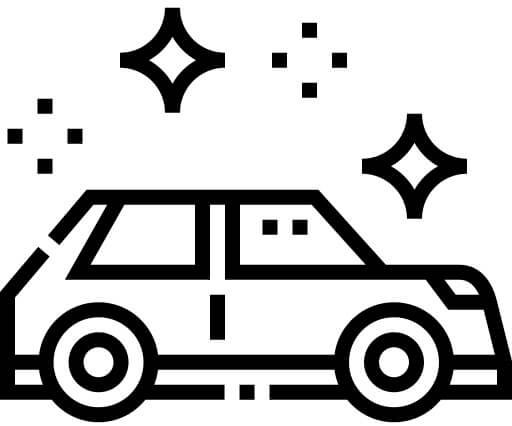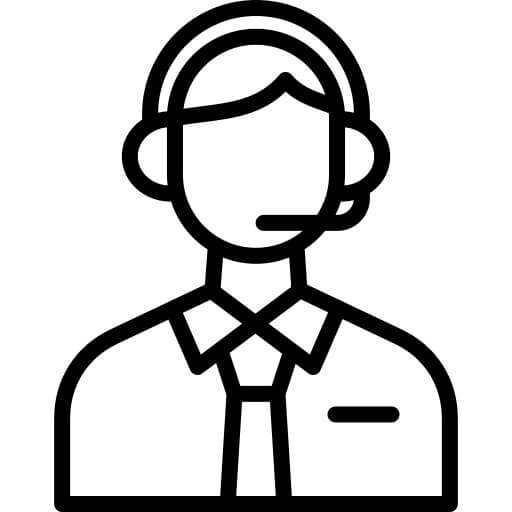Car Hire in Essex | Book at Unbeatable Prices

Compare Prices and Book from the Top Car Rentals






Car Hire in Essex
Exploring Essex's Attractions on Four Wheels

Essex, a vibrant county in the Southeast of England, holds several historical and natural attractions that make it an excellent spot for a road trip. Located just outside London, Essex is easily accessible, yet it offers the tranquillity and rich history you won't find in the bustling city. Begin your journey by touring around Hedingham Castle, one of the best-preserved Norman keeps in England which offers stunning views of the surrounding countryside. Or, visit the Cressing Temple Barns, home to some of the oldest timber barns in the world dating back to the 13th century.
Essex is also full of natural allure, offering a host of wildlife reserves and picturesque landscapes. A must visit is the Essex Wildlife Trust, home to diverse fauna and flora, including seals and rare birds. The county also takes pride in its charming coastal towns and beautiful seaside resorts like Southend and Clacton-on-Sea. If you are looking for a scenic drive, be sure not to miss the coastal road along the Maldon District. The route provides breathtaking views of the Blackwater Estuary, known for its traditional Thames Barges.
Brimming with more than just nature and history, Essex is also a thriving hub of arts and culture. It boasts of several museums and art galleries, including the Firstsite contemporary art gallery in Colchester, and the Chelmsford Museum in Oaklands Park. Travelling by car allows you to cover the county in depth, and the relatively short distances between towns and attractions can be covered easily, making for a varied and comprehensive exploration of English heritage, culture, and beauty.





